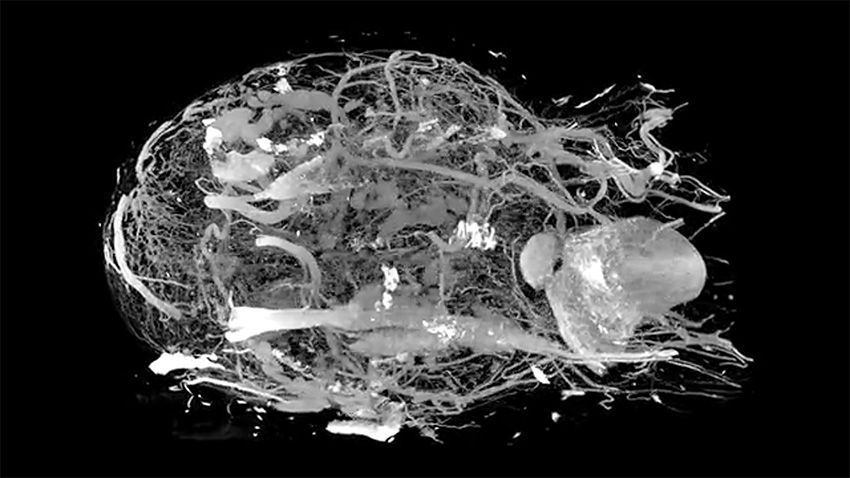The Center for Advanced Biomedical Imaging (CABI) at University College London is a world-class, multidisciplinary imaging research center that aims to develop novel imaging techniques to improve healthcare and well-being. About three years ago, the center acquired the ICON 1 Tesla compact MRI from Bruker.
In an interview, MRI physicist Dr. Bernard Siow, who heads the MR department at the Francis Crick Institute and collaborates with CABI, talked about some of the advantages the ICON instrument offers.
Since the ICON is a compact MRI system, it can be placed in any lab, thus the team at CABI found setting up the ICON was a fast, simple, and cost-effective process. It took just a few days to wheel the instrument in and test it, as opposed to the months it takes to plan and install a superconducting MRI scanner.
Dr. Siow said “To be able to just wheel in a MRI scanner, like you can with the ICON, and use it, is a huge cost saving in addition to the lower capital costs of the machine itself.” Furthermore, Dr. Siow referred to the decades of experience Bruker has in dealing with their MRI scanners and how helpful they are in setting up the instruments, including the ICON.
One aspect of using the ICON compact MRI that surprised Dr. Siow was how the team has not experienced the expected loss in signal-to-noise ratio as compared to their previous 9.4 T. Dr. Siow expected about a ten-fold loss in signal-to-noise ratio with the ICON, but in fact, the team have not experienced this. They were surprised that the signal-to-noise ratio on the ICON was much higher than the field strength of 1 T would suggest, which probably is due to the efficient solenoid coil designs.
Prior to obtaining the ICON, the researchers at CABI found the 9.4 T was almost always overbooked. They wanted to acquire a translational field scanner that could be used for studies that don’t require such a high field. Now, many of the studies are performed using the ICON compact MRI, which has freed up time for the more technically demanding studies to be performed using the BioSpec 9.4 T.
The ICON is very easy to use. Dr. Siow estimated that with about 30 minutes training and a good protocol, a non-MRI expert can operate the ICON, and be left to do so independently. With the 9.4 T, this would not be so achievable because many more safety aspects are involved.
Photo of the ICON MRI installed in the UCL lab
“The fringe field of the 1 T is mostly contained within the magnet, whereas for the 9.4 T, the fringe field is much larger and contained within a room,” he explained. “Before going into that room you’d have to complete a stringent safety survey.”
Although Dr. Siow considers the 9.4 T to be the gold standard and recommends the instrument if financial means are available, the ICON does have some other advantages over superconducting magnets. One example is that it is closer to clinical field strengths. Dr. Siow has known a couple of researchers to choose the ICON over the 9.4 T for this reason.
He also described a time when the ICON outperformed the 9.4 T when looking at and localizing brain tumors. The contrast at 1 T was really quite marked and quite difficult to achieve with the 9.4 T, without using an exogenous contrast agent. One of the team’s recent studies that looked at liver metastasis also showed that while the ICON is not quite as effective as the 9.4 T, it is certainly more than adequate for what is required.
